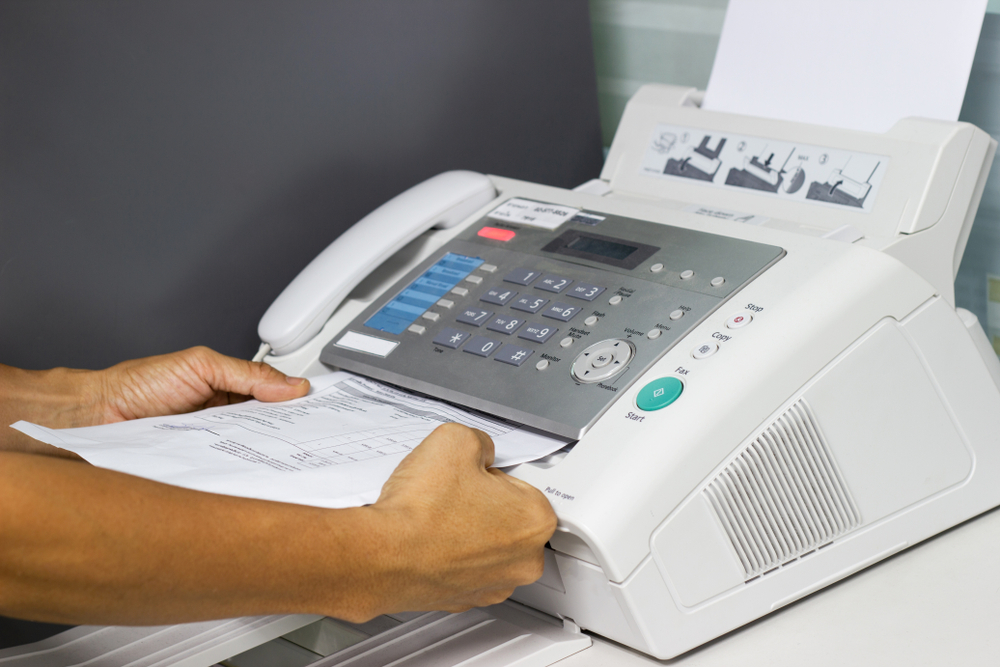The pace of innovation is speeding up faster than most people can keep track of. As new tech arrives and global habits shift, certain products and devices are quietly fading into the past. Some of the items we rely on today might be completely useless by 2030. Whether due to environmental regulations, digital upgrades, or evolving consumer preferences, change is coming. If you are thinking about buying any of the items on this list, you may want to reconsider. The countdown has already begun.
Gas-Powered Cars
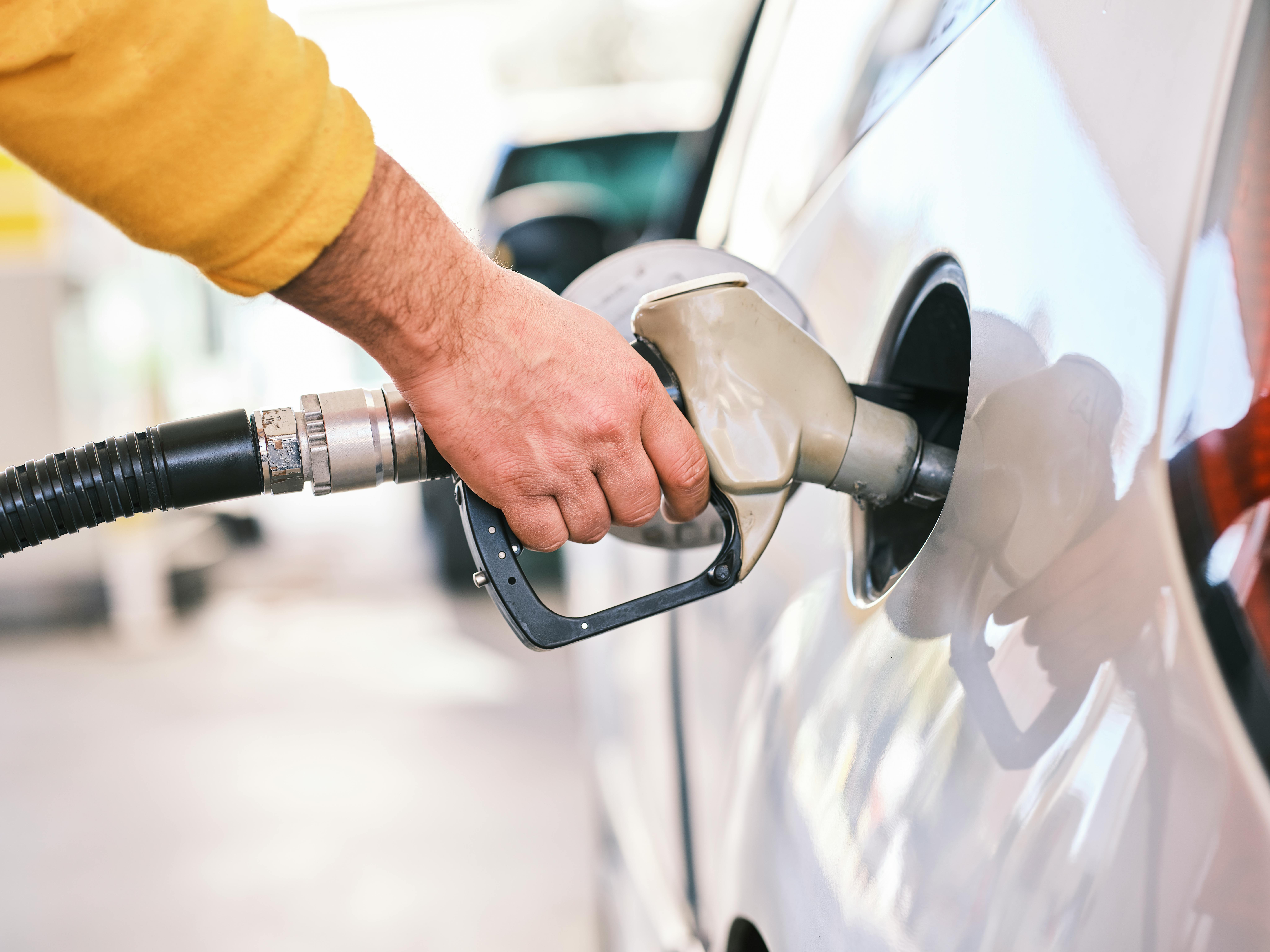
As more countries push for electric vehicle adoption and phase out combustion engines, gas-powered cars are rapidly becoming obsolete. Governments worldwide are already setting deadlines to ban the sale of new gas vehicles. By 2030, the resale value of used gas cars could plummet, and finding gasoline might get harder and more expensive. Charging infrastructure for electric cars is expanding quickly, leaving traditional fuel behind.
Paper Maps

Digital navigation tools like GPS apps have made paper maps nearly irrelevant. With real-time traffic updates, location sharing, and voice directions, old-fashioned foldable maps are gathering dust. Unless you are an off-grid adventurer, there is little practical use left for paper road maps. By 2030, most people will not even know how to read one.
Passwords
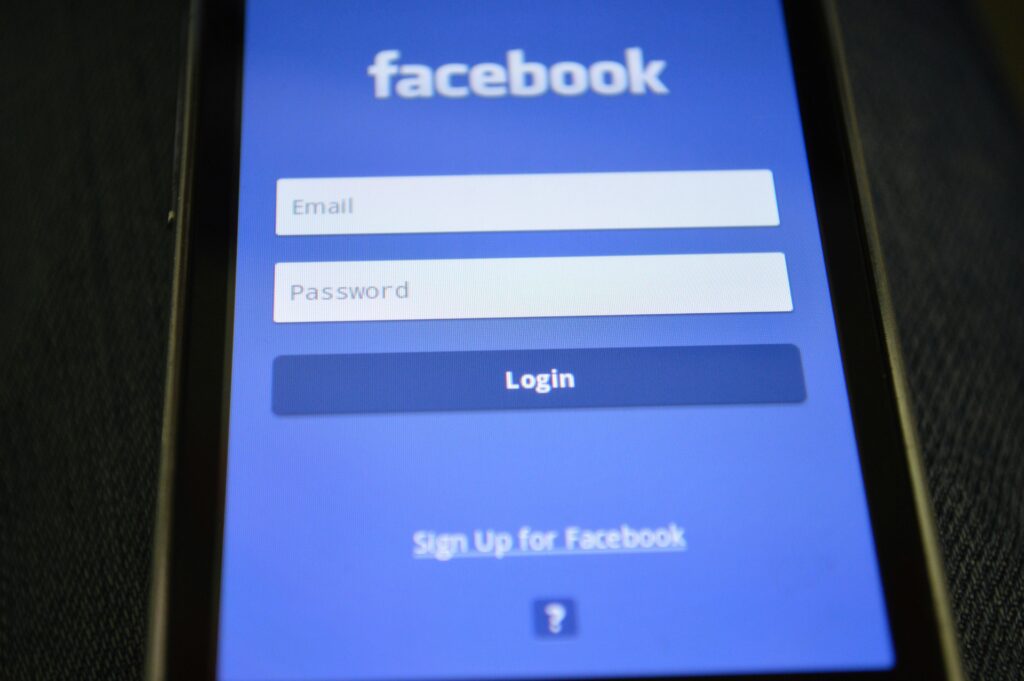
The traditional password is heading toward extinction. Biometric security and passkey technology are replacing the need for memorized codes. Fingerprints, face recognition, and hardware tokens are more secure and less frustrating. Tech companies are already rolling out passwordless options, and by 2030, passwords may feel as outdated as floppy disks.
Remote Controls
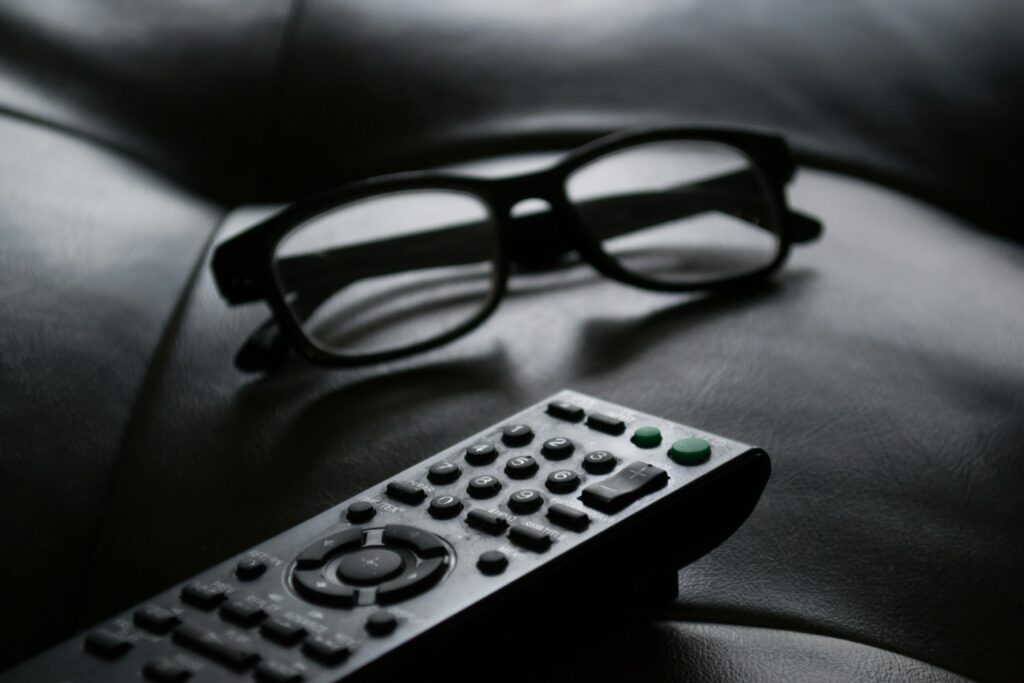
Smartphones, smart speakers, and gesture-controlled devices are making remote controls look clunky and unnecessary. Many smart TVs now let you control everything from your phone or even with your voice. As more devices integrate with home ecosystems, the need for a pile of remotes will disappear. Expect homes to become more streamlined and voice-controlled by default.
Plastic Cutlery

Due to growing environmental concerns, disposable plastic utensils are being banned in more regions. Eco-friendly alternatives like bamboo, cornstarch, and compostable options are replacing plastic forks and spoons. By 2030, plastic cutlery will likely vanish from restaurants, takeout orders, and picnics. Stocking up now would be pointless.
Cable TV Subscriptions
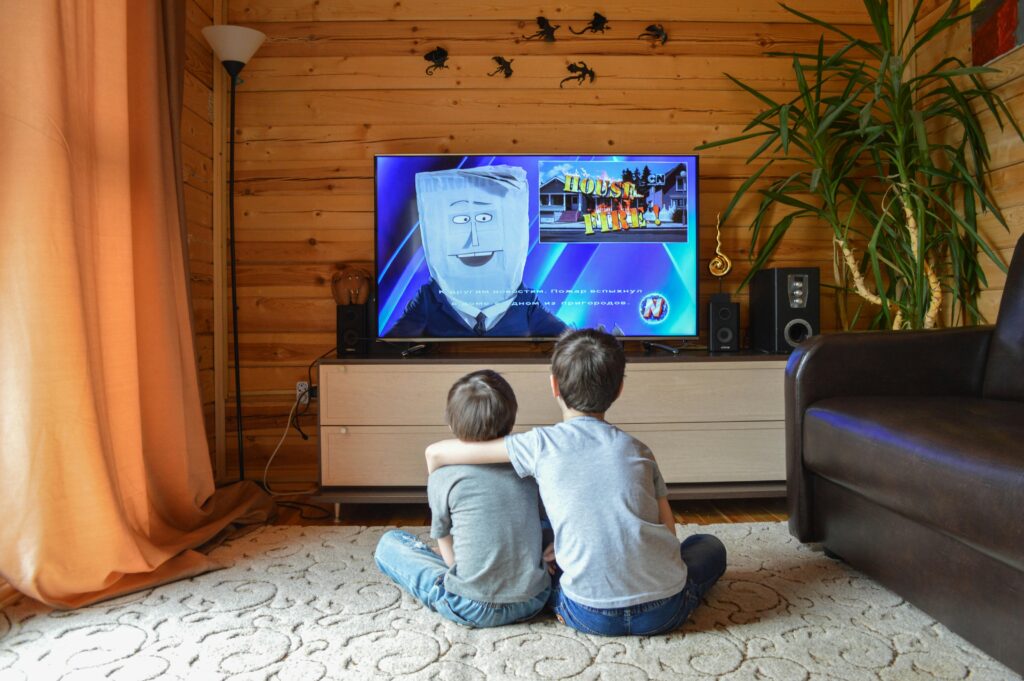
Streaming services have crushed traditional cable TV. With personalized content, no commercials, and on-demand access, viewers are ditching cable in record numbers. As media giants move to digital-only releases, cable providers are losing ground. By 2030, it is likely that cable TV will exist only in niche markets or older homes.
Physical Credit Cards
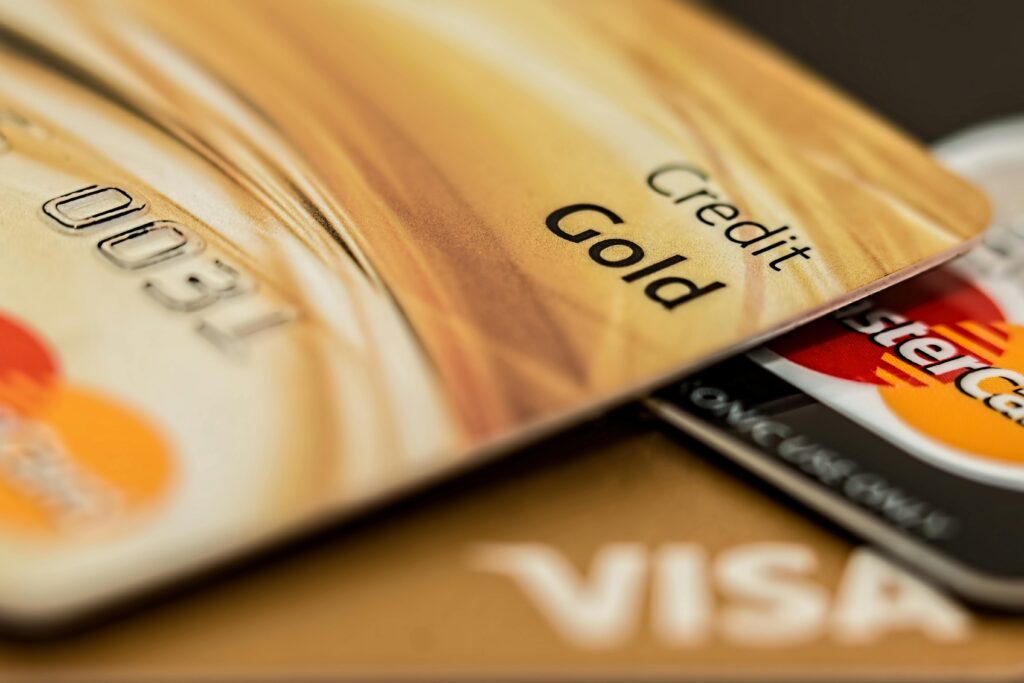
Digital wallets, mobile payment apps, and wearable tech are steadily replacing the need for physical credit cards. Tap-to-pay technology has expanded globally, and many retailers already accept payments from smartphones and watches. By 2030, you may not even carry a wallet anymore, let alone a plastic credit card.
Compact Discs and DVDs
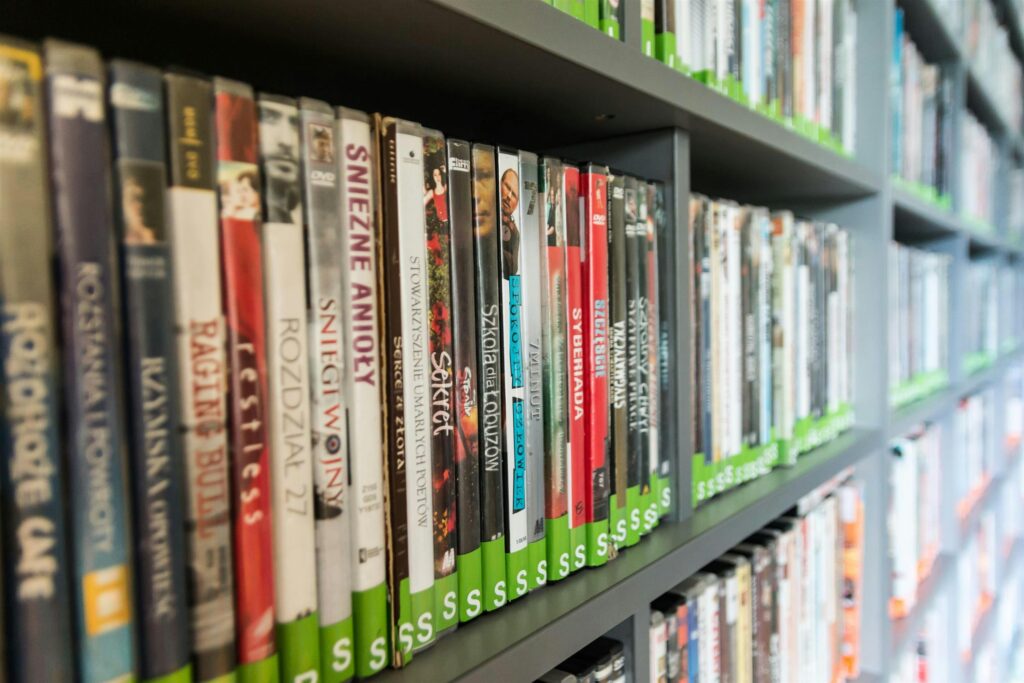
Physical media for music and movies is nearly extinct. Streaming platforms have made CDs and DVDs obsolete, and many computers no longer have disc drives. New cars no longer include CD players, and most modern entertainment systems rely on cloud storage. These once-prized formats will be collector’s items, not practical tools, by 2030.
Alarm Clocks
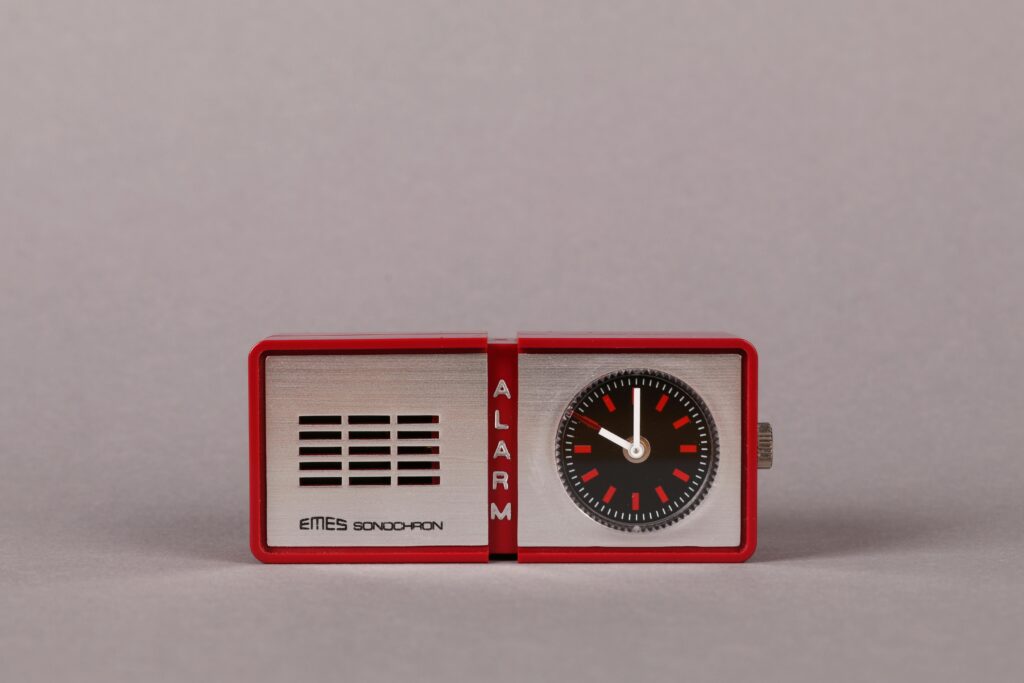
Smartphones have taken over the job of waking people up. With customizable alarms, sleep tracking, and sunrise simulations, traditional alarm clocks are fading fast. Most people already rely on their phones or smart home devices for alarms. By 2030, bedside alarm clocks could disappear entirely from store shelves.
Traditional Thermostats
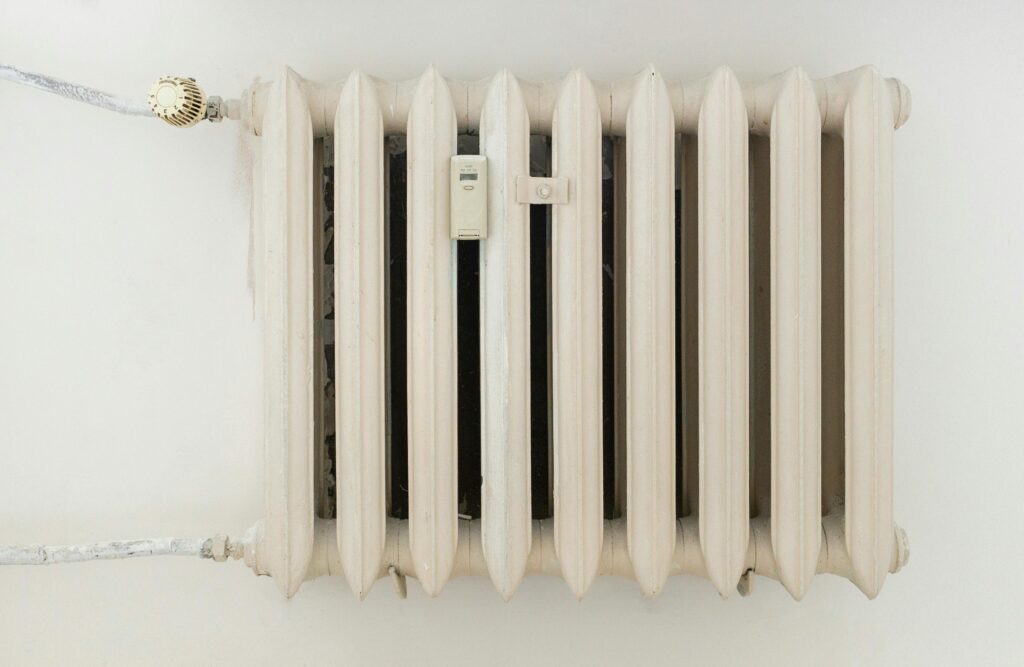
Smart thermostats allow remote control, automation, and energy savings, which old thermostats simply cannot match. As smart home technology becomes the norm, standard thermostats are being phased out. By 2030, homes will likely rely entirely on learning thermostats that adapt to habits and schedules for efficient climate control.
Fax Machines
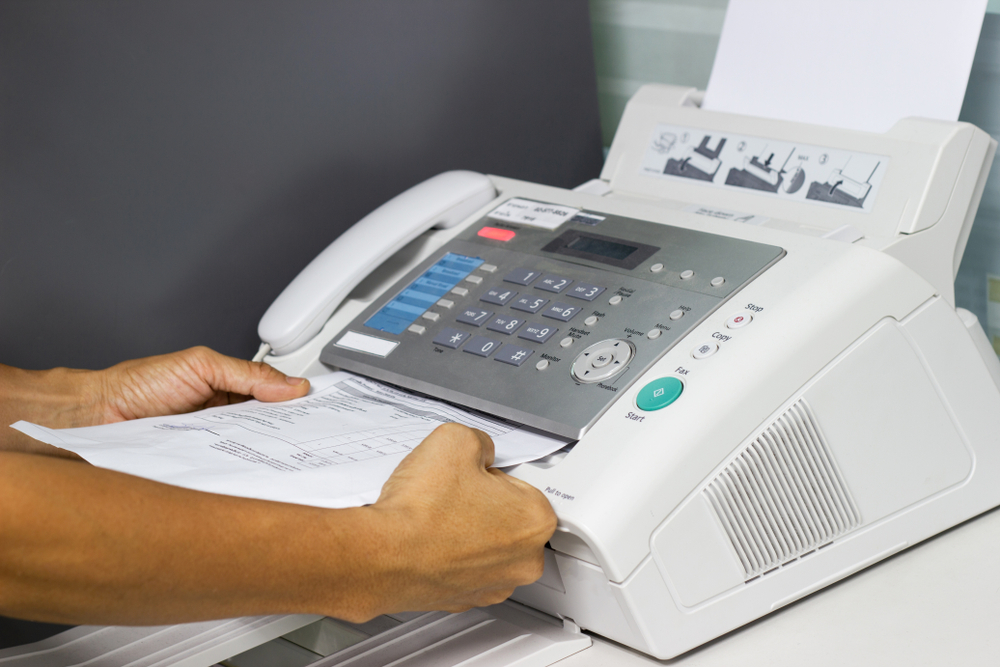
Fax machines are one of the clearest examples of outdated technology still hanging on in some offices. With the rise of cloud storage, secure email, and digital signatures, faxing has become redundant. Companies are abandoning fax lines, and digital workflows are the new standard. By 2030, fax machines will finally retire for good.
Manual Light Switches
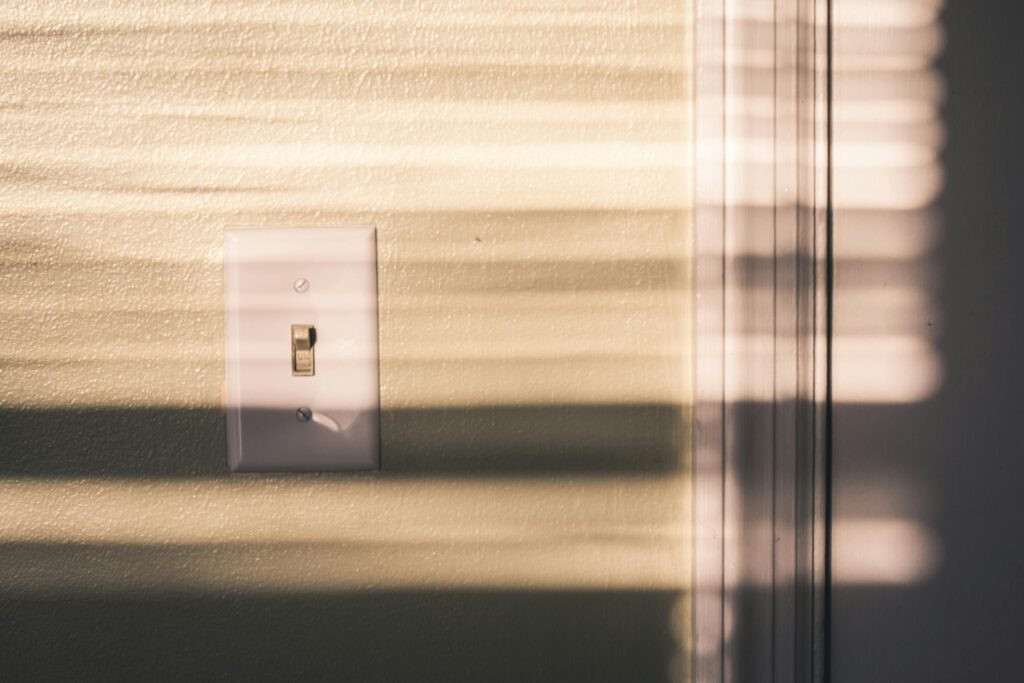
Smart lighting systems allow you to control brightness, color, and scheduling from your phone or voice assistant. Manual light switches are still common but are starting to be replaced in new builds. As energy efficiency becomes a bigger priority, lights that respond to motion or apps will dominate homes by 2030.
Paper Receipts
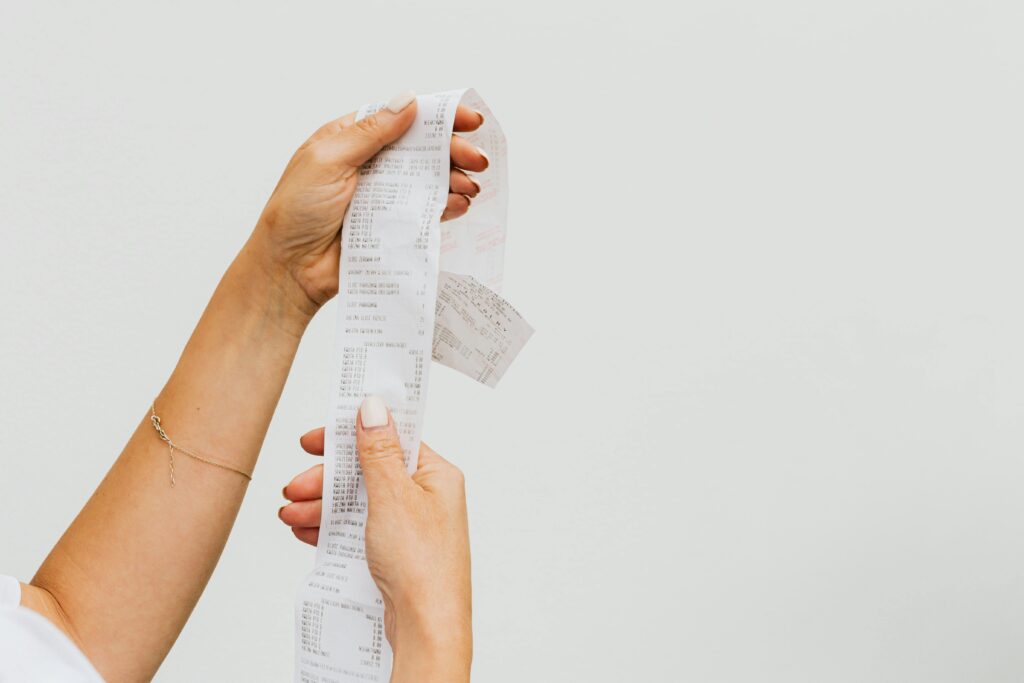
Retailers are switching to digital receipts to cut costs and reduce waste. Many stores now offer to email or text your receipt, and this will likely become the default. Paper receipts fade, get lost, and are difficult to track. As digital bookkeeping becomes easier, the printed version will disappear completely.
Checkbooks
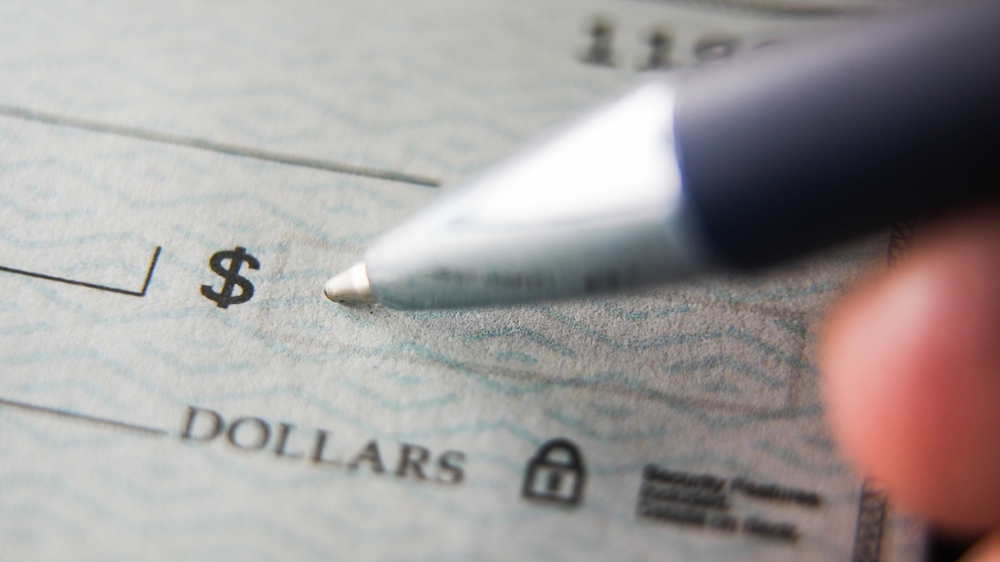
Few people use paper checks anymore, and the number continues to drop. Mobile banking apps offer easier and faster payment options. Checks take time to process and pose more risk for fraud. Banks are already nudging customers toward electronic payments, and checkbooks could vanish entirely before the decade ends.
Basic Calculators
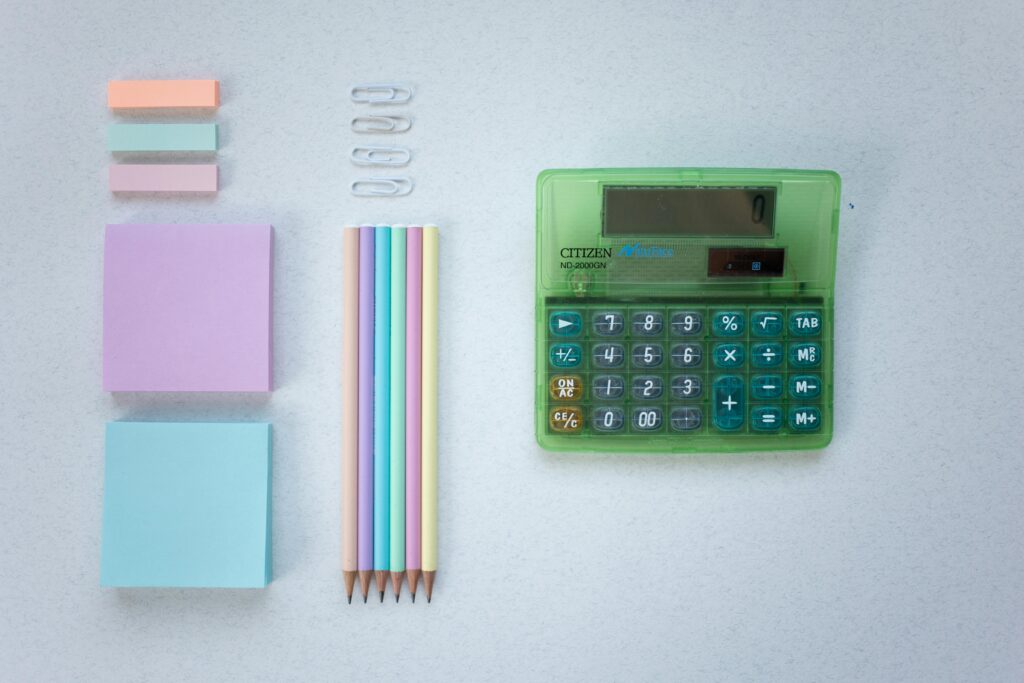
With calculators built into every phone, computer, and smartwatch, standalone calculators are becoming irrelevant. Students and professionals alike now use apps for advanced math. By 2030, most people will not need or want a separate device just to do math. It will become a novelty rather than a necessity.
Read More: 21 Everyday Products People Regret Wasting Money On
Traditional Door Keys

Smart locks are replacing physical keys with mobile apps, fingerprints, or codes. These systems allow better access control, remote locking, and improved security. As home automation becomes standard, carrying a physical key could become obsolete. By 2030, traditional keychains might be more symbolic than useful.
CD Players in Cars
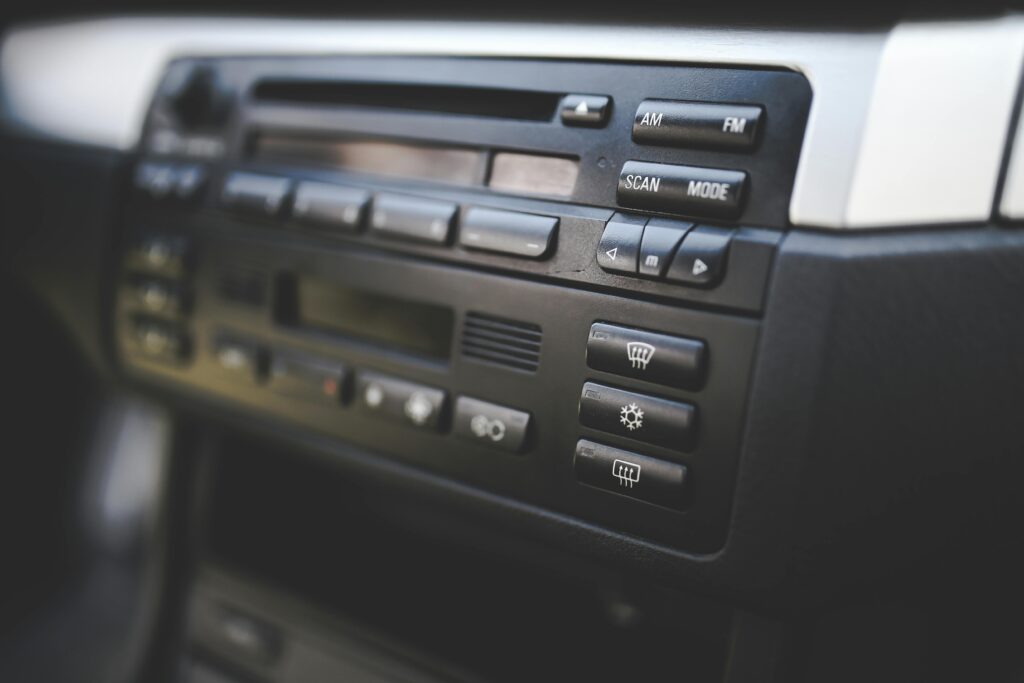
In-car entertainment systems have evolved, with screens now streaming directly from the internet or casting from mobile devices. CD slots are vanishing from newer models, and streaming subscriptions are integrated directly into dashboard screens. Kids of the future may never know what inserting a disc into a car looked like.
Coins
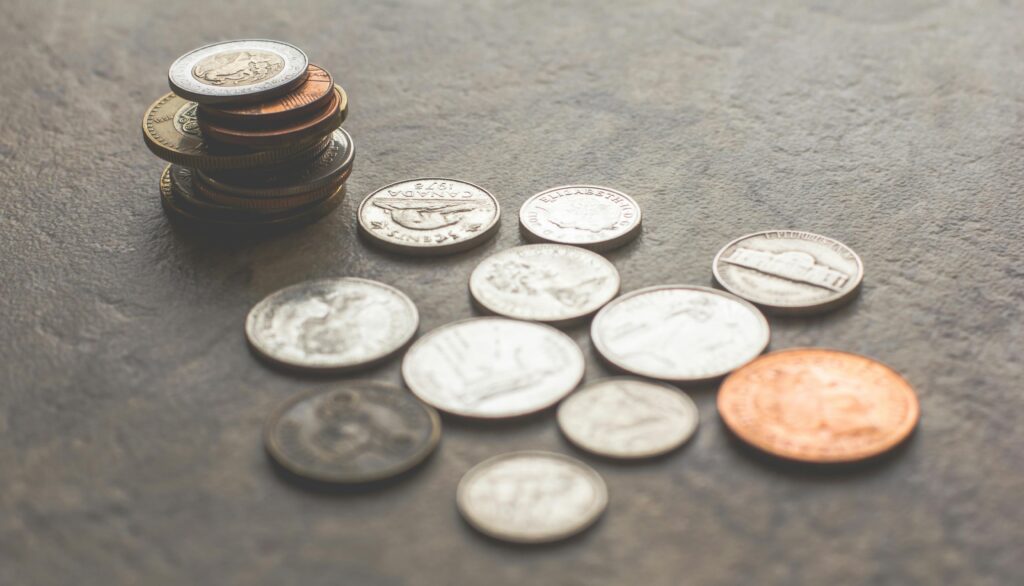
Digital payments are making cash less necessary, but coins are taking the biggest hit. Vending machines, parking meters, and public transport systems are going cashless. Production of coins is costly and less efficient. As people rely more on mobile and card payments, coins may vanish entirely from circulation by 2030.
Landline Phones
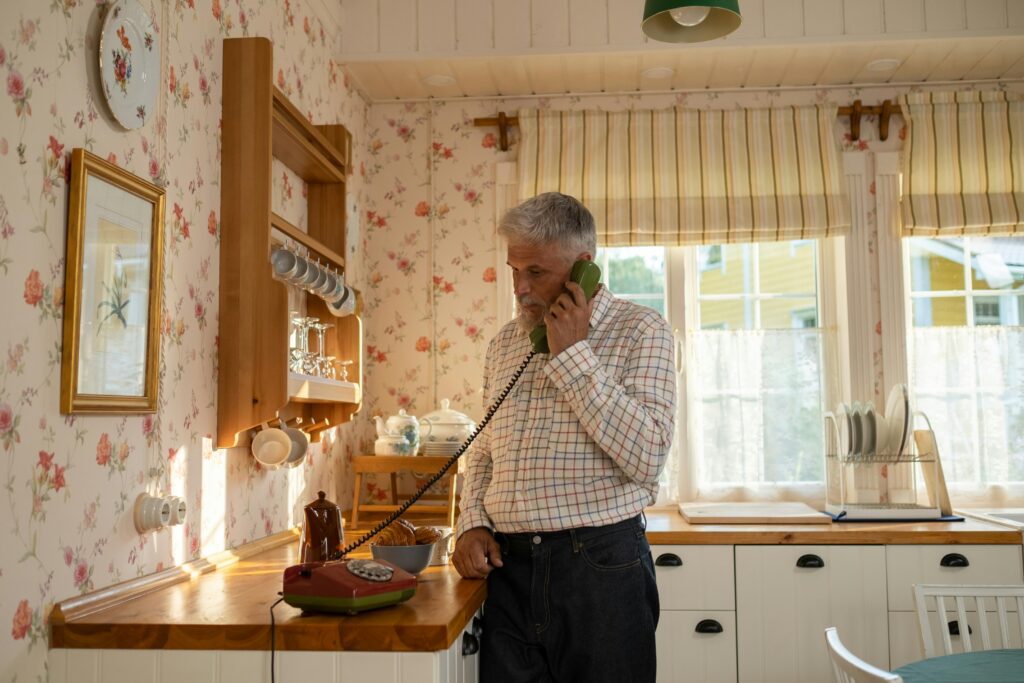
Cellphones have already replaced landlines in most households. As more people rely solely on mobile plans, landline infrastructure is being phased out. The convenience and flexibility of mobile communication outweigh any benefit of a landline. By 2030, landlines may exist only in remote or rural areas.
Single-Function Kitchen Gadgets
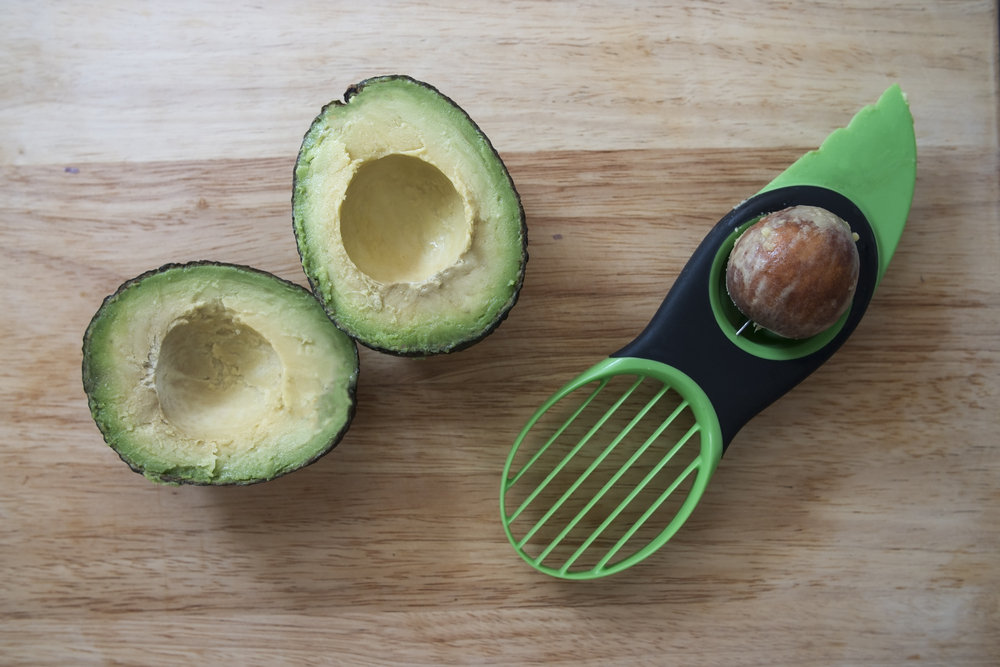
Devices like banana slicers, avocado tools, and hot dog toasters take up space but do little. As people seek to simplify and save space, multi-purpose tools are gaining favor. By 2030, these niche gadgets could be replaced by smarter, more versatile kitchen solutions. You will save time, space, and money by skipping them.
Read More: 20 Kitchen Gadgets That Are Not Worth the Money
Facing Extinction
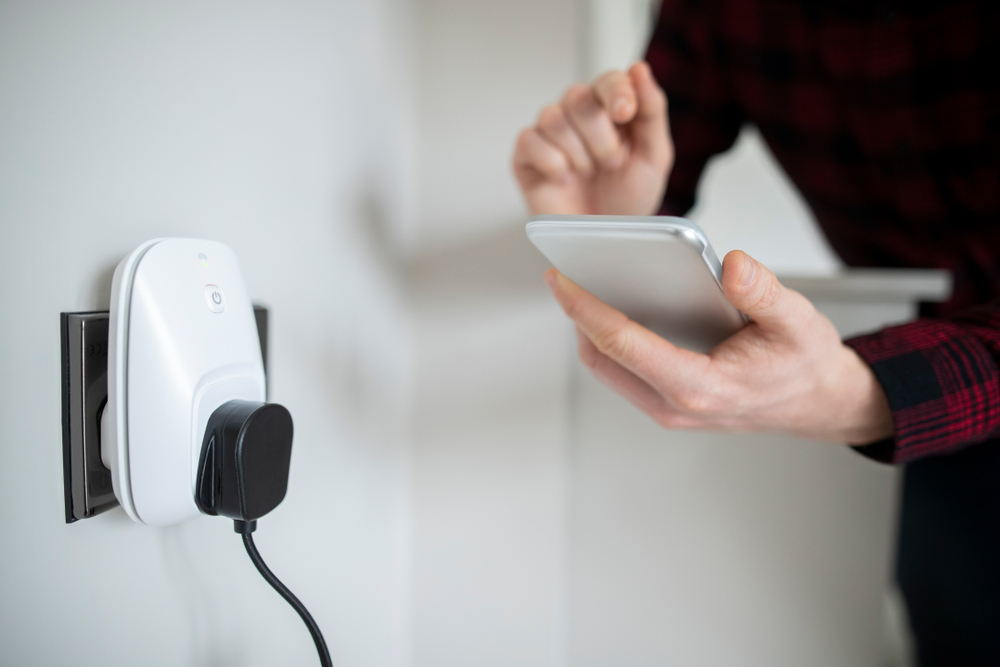
Technology moves fast, and habits change faster than most people expect. Many of the products we use every day are already facing extinction as newer, more efficient alternatives take over. As the world moves toward smart, sustainable, and digital-first solutions, these items are losing their place in modern life. If you are buying now, think ahead. Future-proofing your purchases can save money and reduce waste. By 2030, many of these everyday items will be distant memories, so buy wisely now.
Disclaimer: This article was created with AI assistance and edited by a human for accuracy and clarity.
